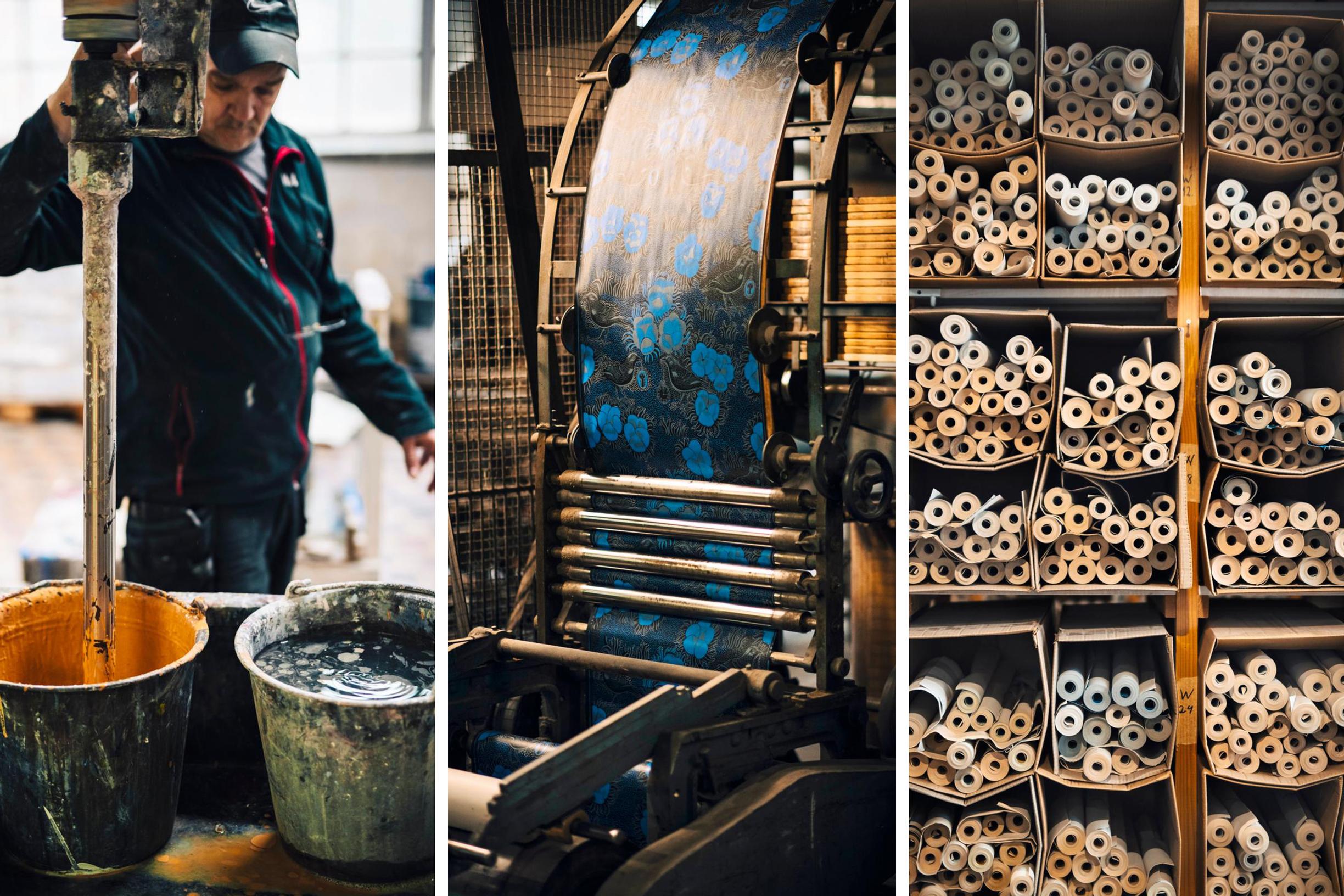
Beloved wallpapers designed by top Finnish designers of the 1950s and 1960s—read the story of Pihlgren and Ritola!
Pihlgren and Ritola, a renowned Finnish wallpaper manufacturer, is known for their wallpapers designed by Finnish top designers from the 1950’s and 1960’s. The wallpapers are still printed using the same methods and printing machines as during the time the wallpapers were designed.
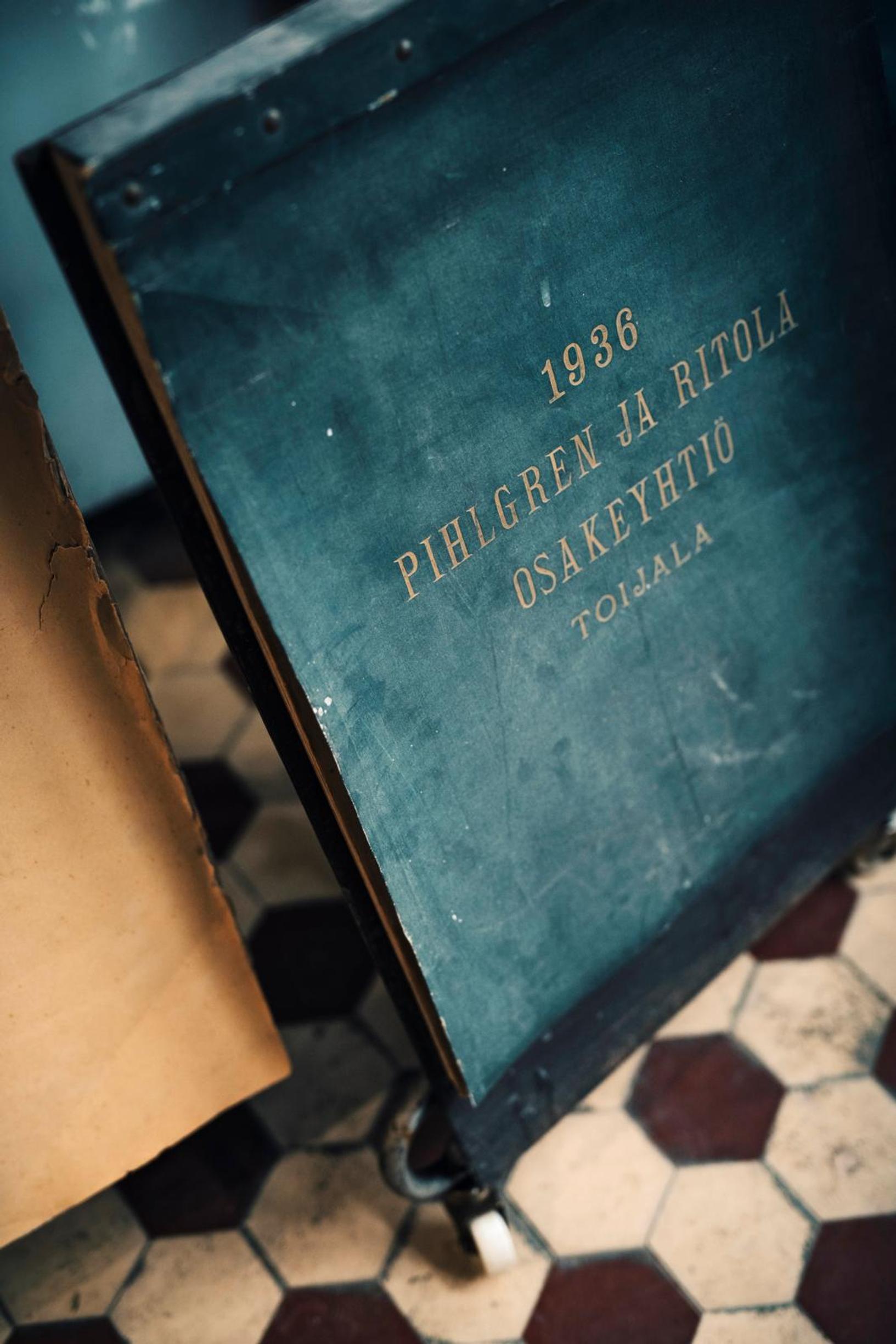
Two kilometers of wallpaper
When the printers of the wallpaper factory come to work at seven o’clock in the morning, the first thing they do is prepare for printing the wallpapers. It takes up most of the workday. The factory cannot purchase printing inks from a shop: the workers have to mix them themselves from powdered chalk and various color pigments. They also need to set aside time for positioning the rollers of the printing machines exactly right.
The wallpaper paper goes through the printing machine twice. The first time, a single-color base is printed on the paper, which covers it entirely. After it has dried for a couple of days, it is ready to be embellished with patterns, which are printed on top of the solid color. Up to eight different colors can be printed on one go.
“We print about two kilometers of wallpaper at a time. After printing, the wallpaper is folded to dry on the drying ceiling for a couple of days. Manufacturing wallpapers requires large spaces because the long drying ceilings take up so much space,” says Elina Yrjönen, CEO of Pihlgren and Ritola.
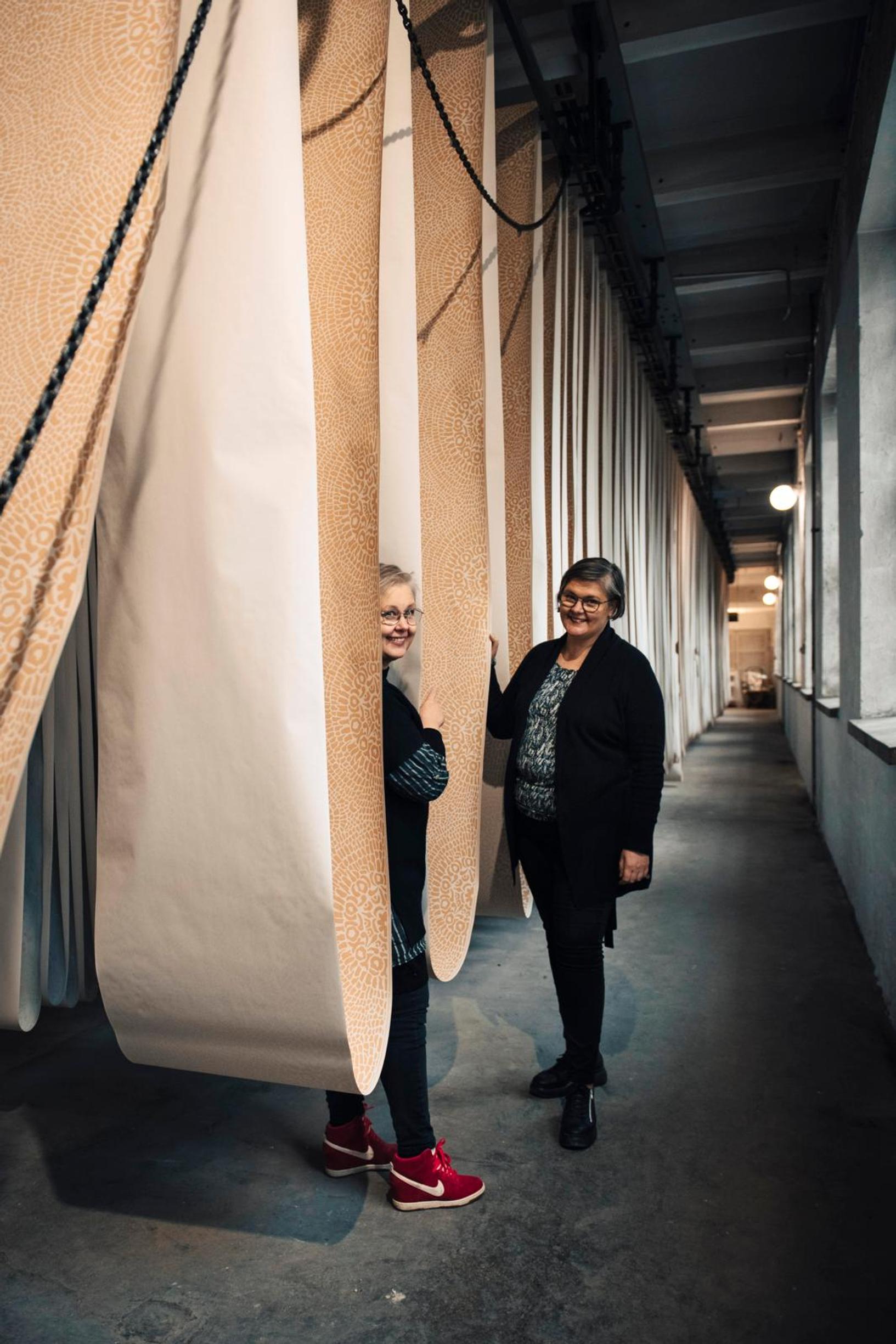
The final step is to finish the wallpaper by cutting its edges and sectioning it into shorter rolls.
“Our printing machines are from the 1950’s, and the printing technique was developed around two hundred years ago. Human hands are needed in every phase of the process,” says Yrjönen.
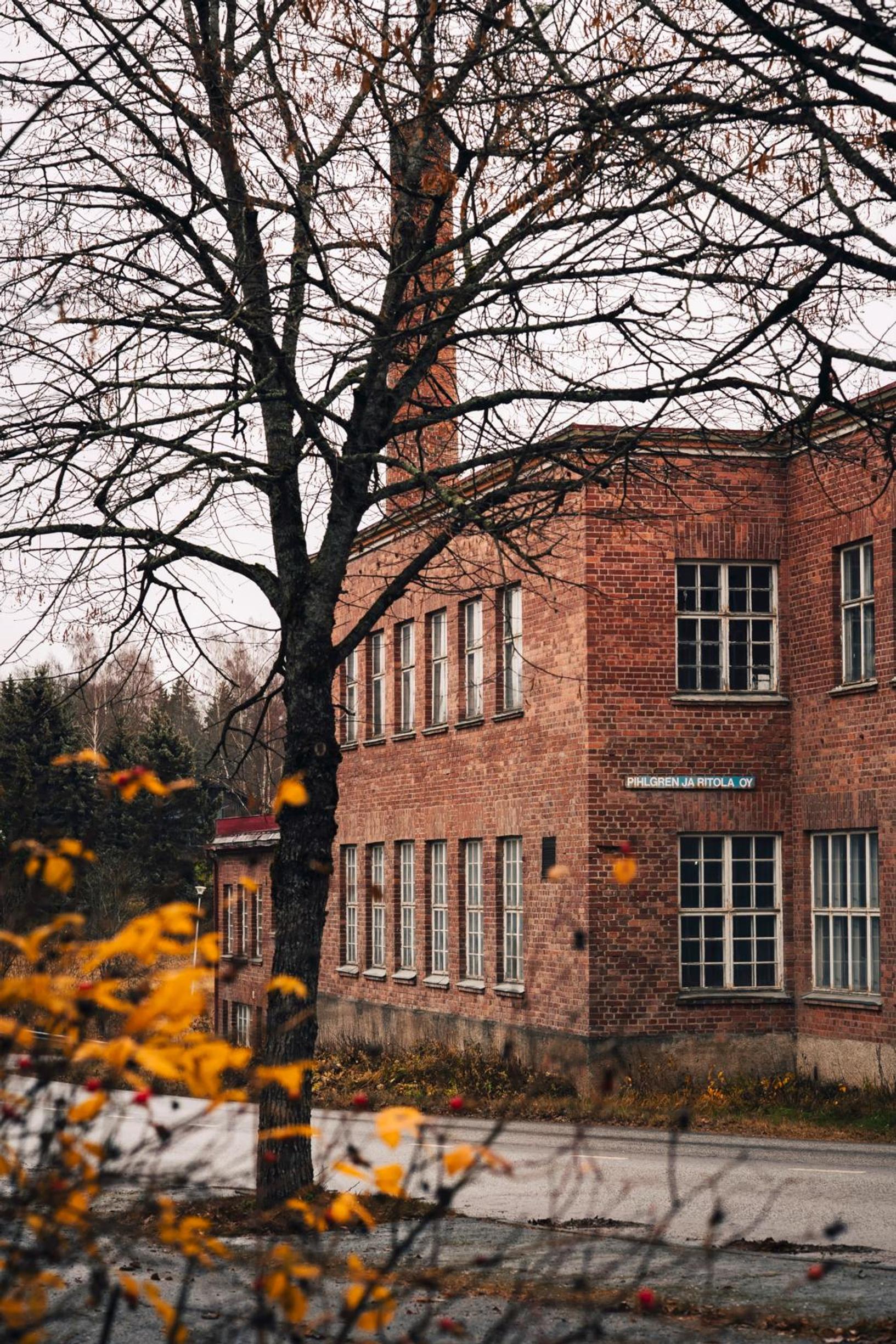
90 years of wallpapers
The name Pihlgren and Ritola hints at the fact that the factory originally had two founders. In 1930, Fritjof Pihlgren (later Pihola) and Matti Ritola joined forces and started printing wallpapers in Toijala, a small village in Finland.
Pihlgren was a serial entrepreneur who owned several factories for manufacturing construction supplies.
The operations were small in scale at first, as the owners only had one printing machine to print their wallpapers. But after seven years of operation, the duo built a modern, large brick building on the shore of a lake in Toijala. When the wallpaper production expanded even more in the 1950’s, the factory was enlarged again in 1957, giving it its current form.
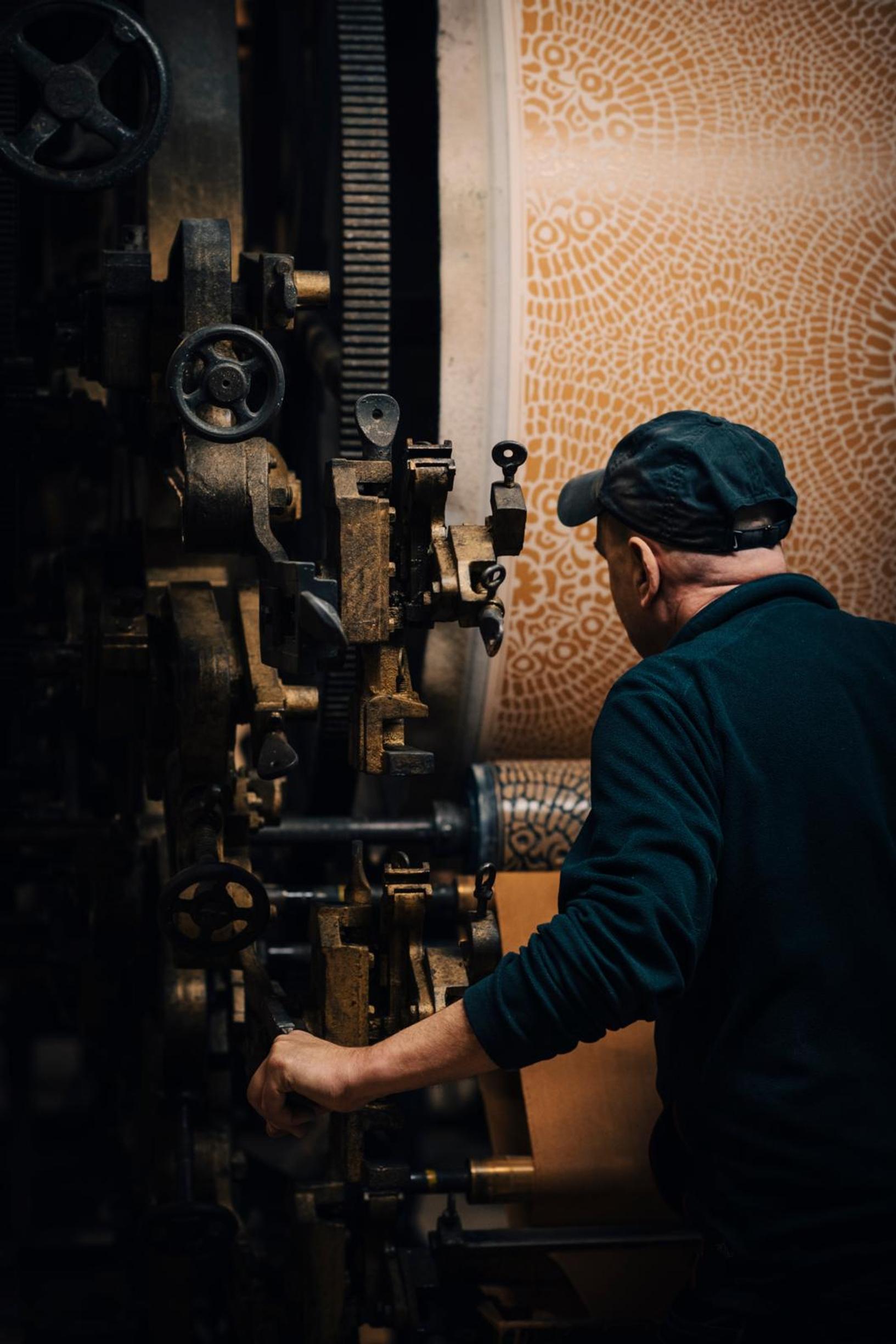
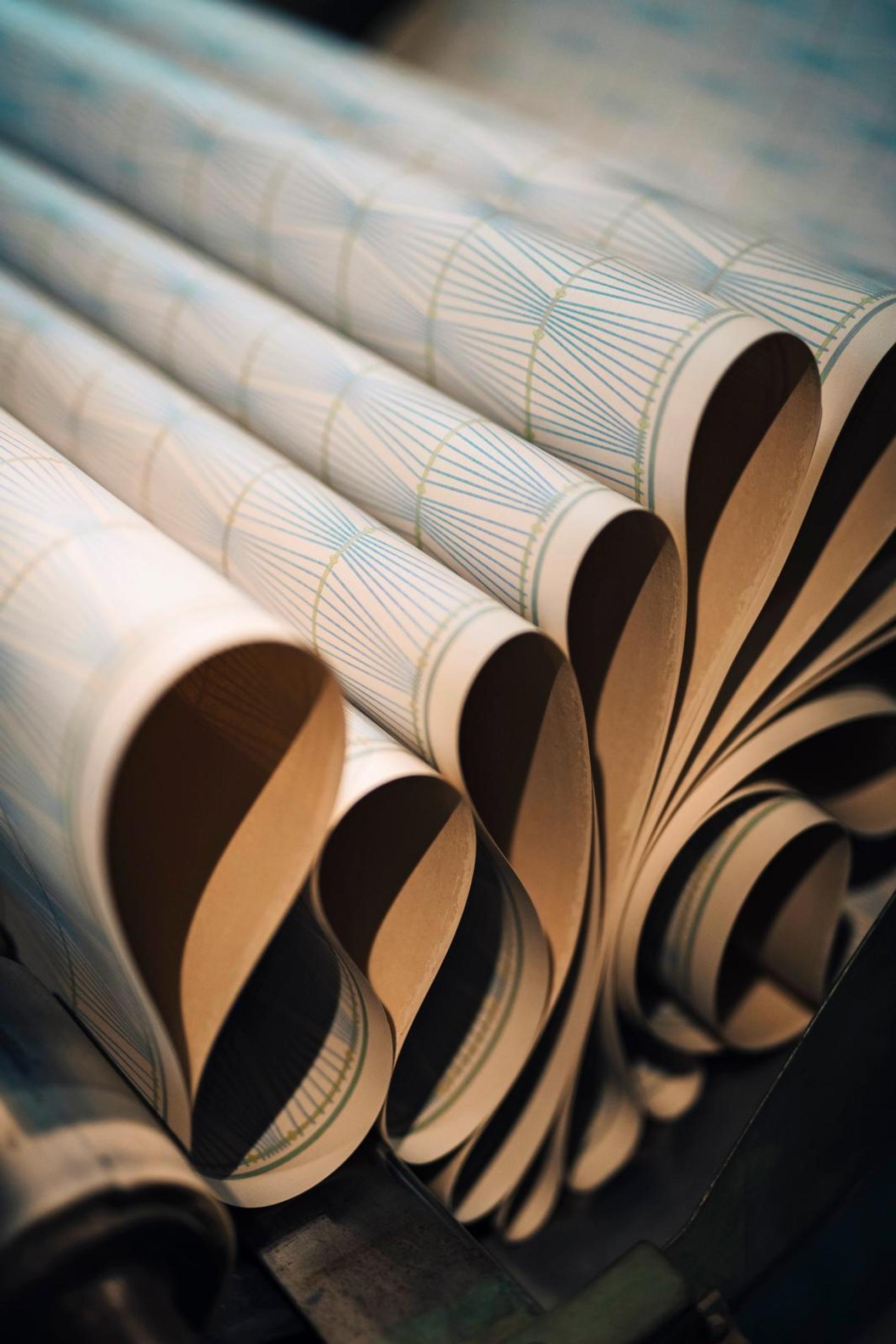
Ritola and Pihlgren founded their wallpaper factory an opportunate time, as wallpapering was popular in the 1930’s. The demand was even greater after the Second World War; at that time, the factory could print 700 000 rolls a year. At its peak, the factory employed more than 50 people.
In 1960, Fritjof Pihola gave up his ownership, and since then the factory has been owned by the Ritola family. The family continues the operation, now in the third generation. The factory currently employs about ten people.
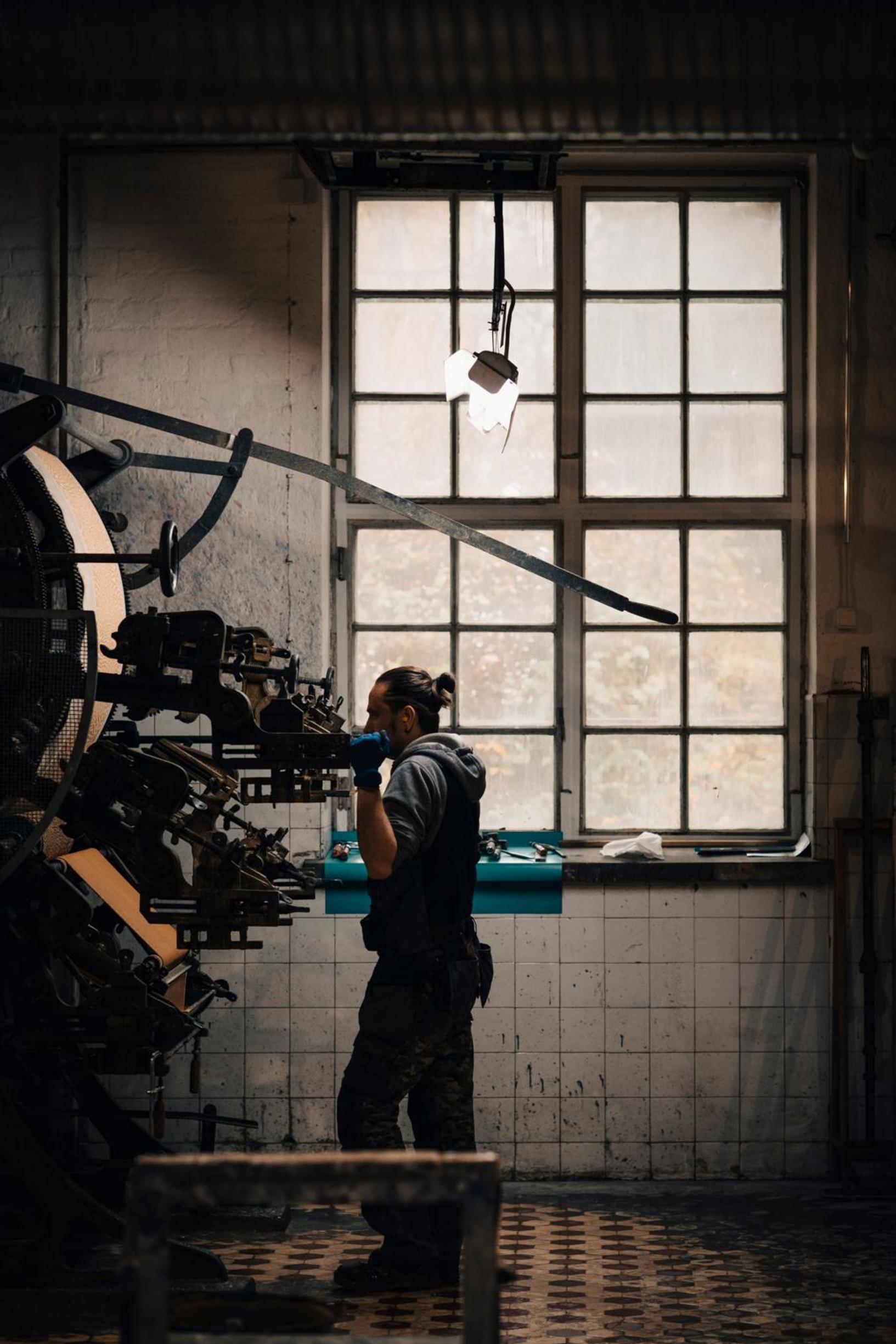
The most beloved patterns
First, the wallpaper paper is covered with a deep blue shade. Black, white, and blue patterns are added to its surface, filling the wallpaper with decorative details: birds, flowers, faces, and tiny dots. The end-result is the enchanting fairy-tale-like ‘Kiurujen yö’ (“Night of the Larks”) wallpaper, designed by Birger Kaipiainen, better known for his ceramic items.
“It remains our most popular design year after year. In summer, we also sell a lot of light wallpapers, such as ‘Appelsiini’ (“Orange”) and ‘Kirsikkapuu’ (“Cherry Tree”) by Ritva Kronlund. Perhaps people buy them for their summer houses. More subdued and graphic designs also have their own fans,” says Elina Yrjönen.
The Pihlgren and Ritola wallpaper factory currently has about 80 different wallpaper designs in the collection, including designer patterns, retro patterns, and classic historic wallpapers. Most of the popular designer wallpapers originate from a design competition held in 1958. Some of the top Finnish designers of the time participated, such as Lisa Johansson-Pape, Yki Nummi, Rut Bryk, Annikki and Ilmari Tapiovaara, and Bertel Gardberg.
“We are known as a manufacturer of classic designs. We represent permanence. We only occasionally introduce new designs into production,” Yrjönen says.
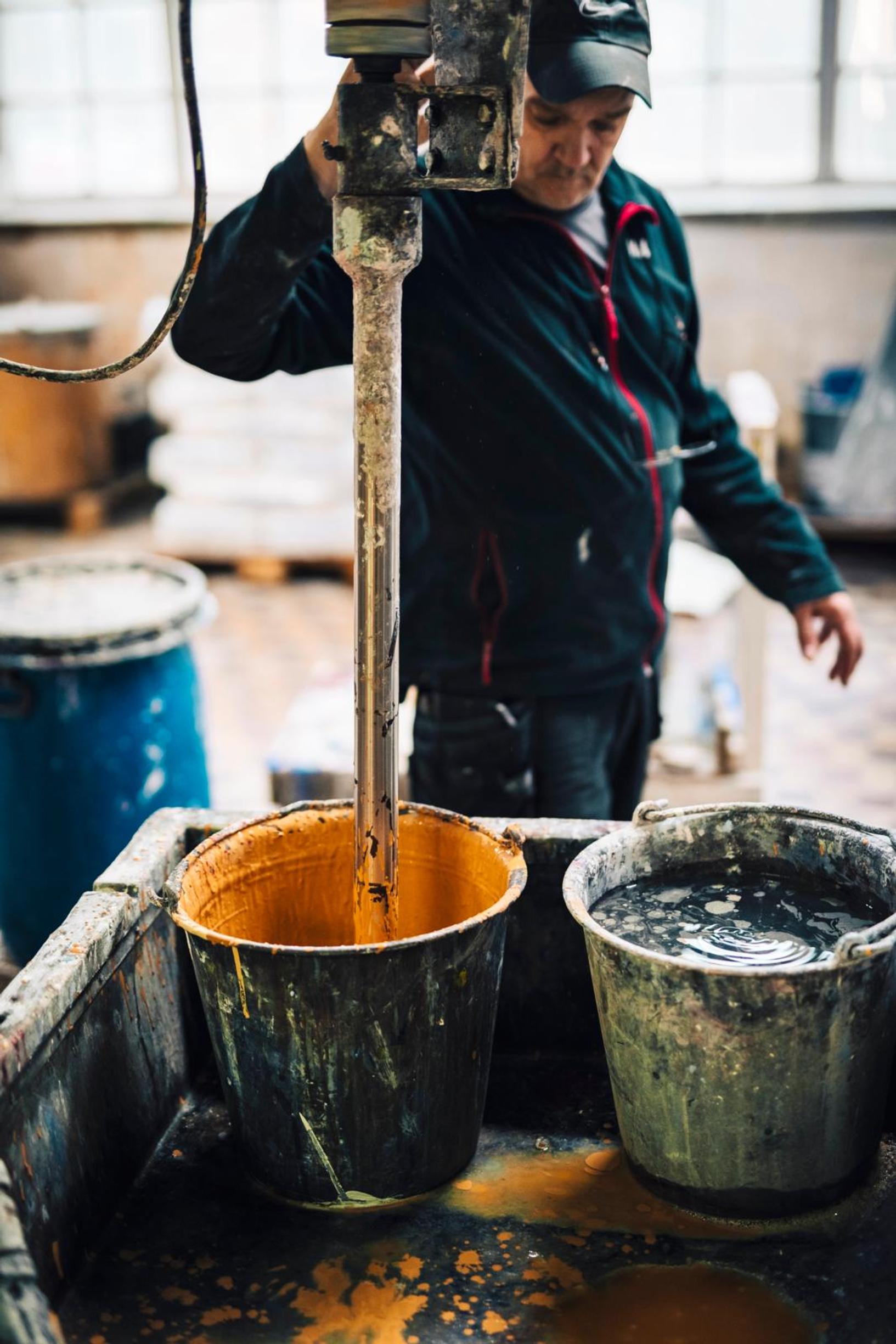
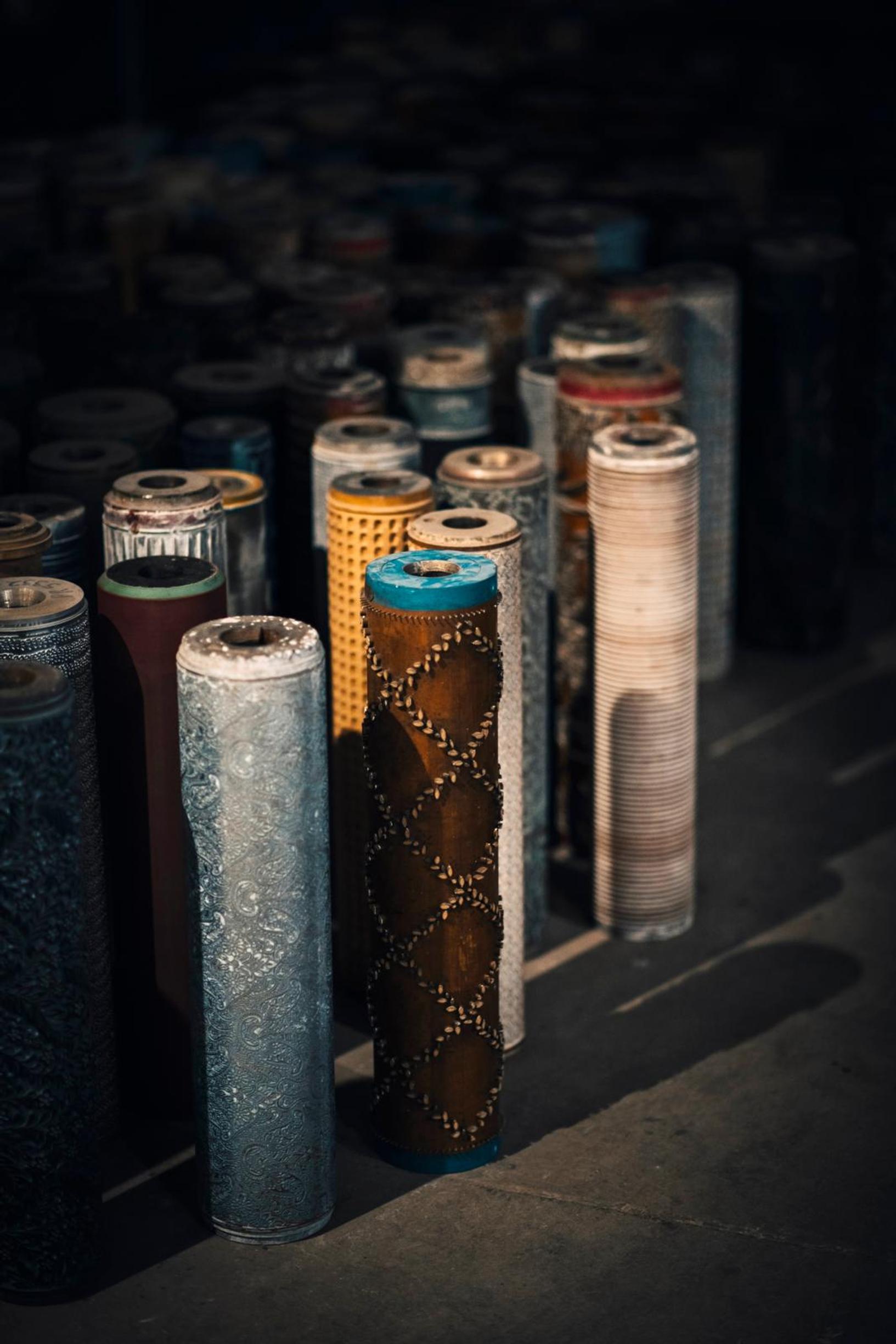
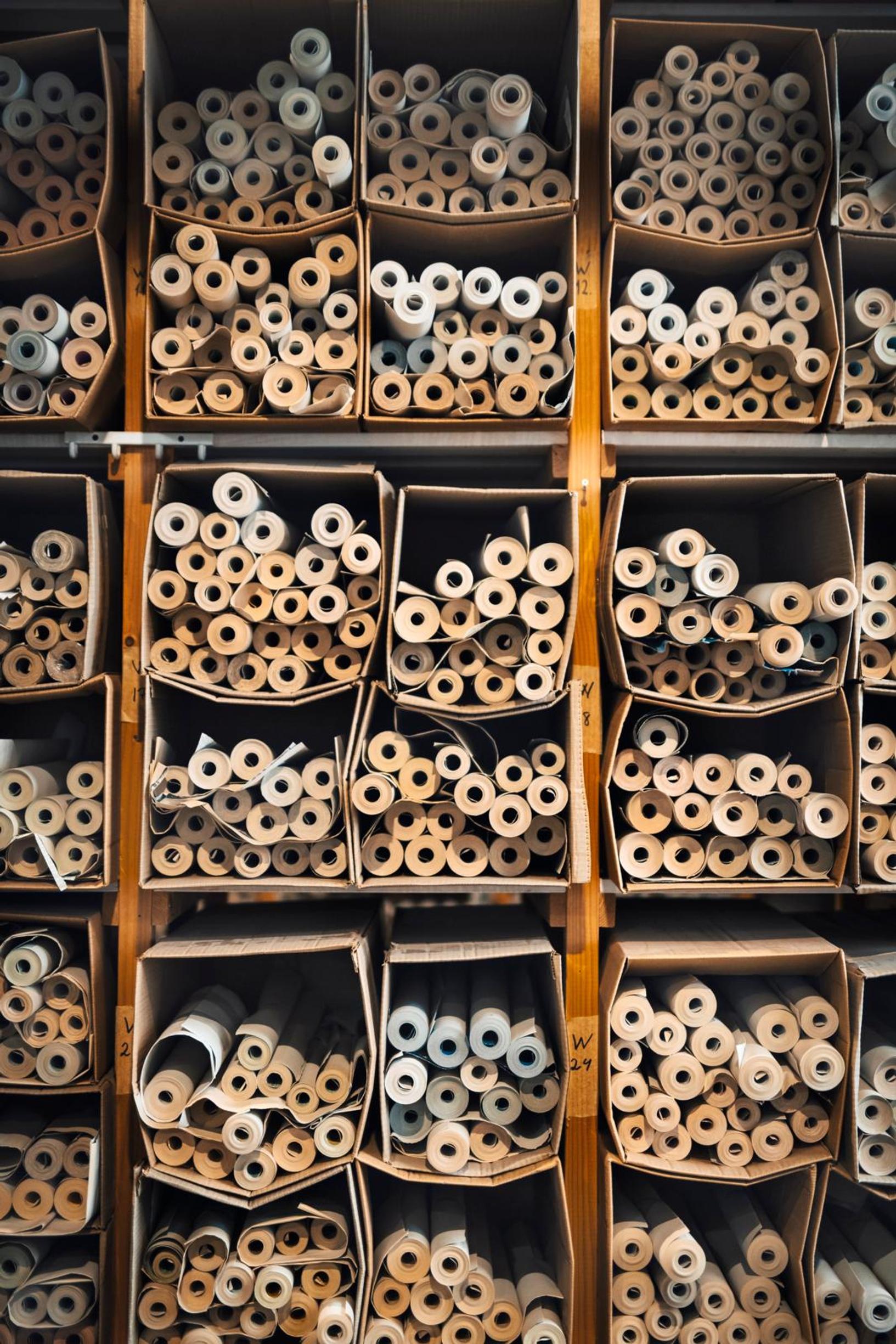
The article was previously published in the Beloved Patterns & Pihlgren and Ritola magazine (2023).


